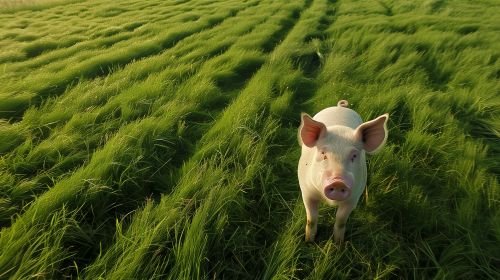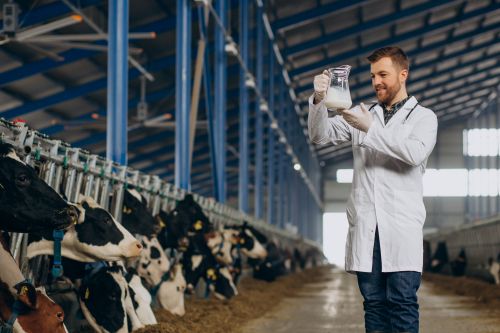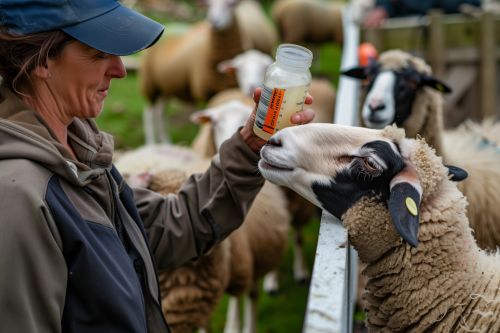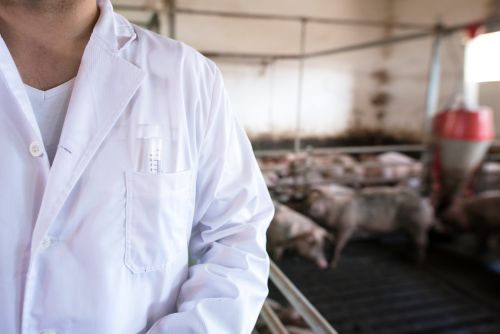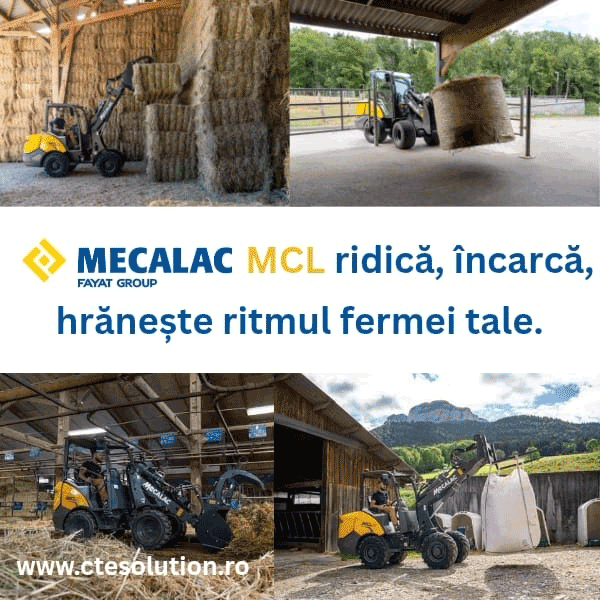263
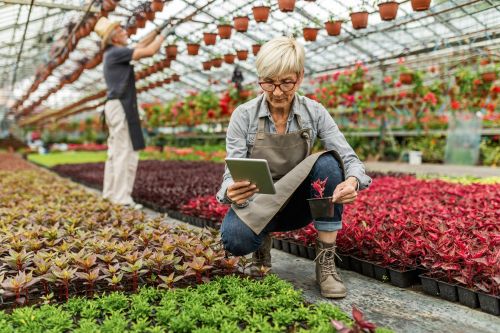
Precision agriculture has evolved from an experiment into a criterion of economic performance. According to DG AGRI (2024), farms using GPS systems, soil sensors, drones, and satellite analyses reduce input costs by up to 20% and increase average yields by 10–15%. In Romania, the adoption of these technologies remains modest: only 7% of farms fully use digital tools, according to INS.
Through the National Strategic Plan (PNS) 2023–2027, the AFIR finances the equipping of farms with smart technologies – autoguided tractors, moisture sensors, and monitoring drones – under Measure DR-20, offering non-reimbursable support of up to 70%. In 2024, a total of 1,100 precision agriculture projects were approved, with a combined value of €120 million.
In the long term, digitalization brings more than savings: it provides traceability, predictive capabilities, and the ability to adapt daily decisions to real data. Farms that use integrated platforms for crop planning and production monitoring automatically become more bankable and attractive to commercial partners.
In a volatile market context, precision agriculture is no longer a technological luxury but a condition for survival. Romania now has access to funding, an expanding digital infrastructure, and a new generation of innovation-driven farmers — the perfect ingredients for a data- and efficiency-based agricultural revolution.
(Photo: Freepik)
